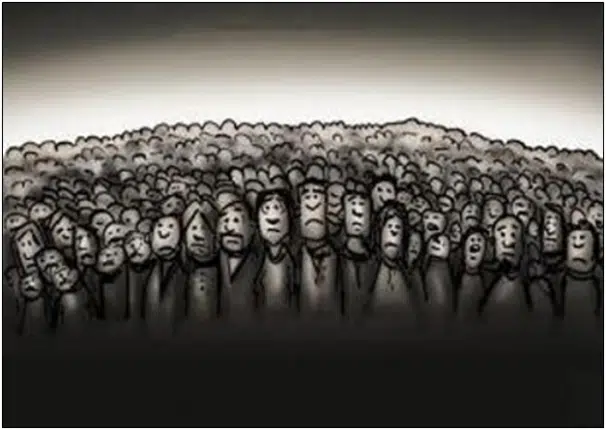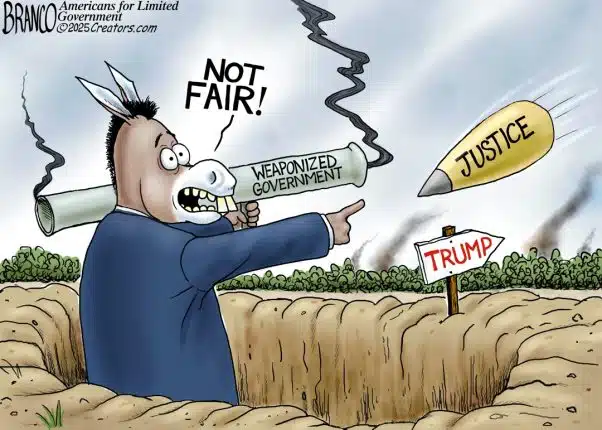
“If somebody wants to build a coal-fired power plant, they can. It’s just that it will bankrupt them… Under my plan… electricity rates would necessarily skyrocket.”
That was former President Barack Obama in a 2008 interview when he was running for president for the first time, outlining his policy that became the Clean Power Plan—which disincentivized coal electricity production — to drive up electricity prices to the moon in order to make green alternatives more marketable.
Now, almost 20 years later, it’s clear that it’s working, with electricity prices up 42 percent since Jan. 2009. But you might not have noticed as much until recently, as incomes were more than keeping up with general inflation during that time through the Obama and then Trump administrations into 2020.
That all changed in 2021, when with a combination of the worsened post-Covid production downturn that exacerbated the global supply chain crisis and printing almost $7 trillion for Covid in 2020 and 2021, inflation has eclipsed incomes.
Since Feb. 2021 alone, when President Joe Biden and Vice President Kamala Harris, electricity prices have skyrocketed by 26 percent. But personal incomes, including government transfer payments, are still only up 18.6 percent, meaning most households are feeling the pinch more than ever when their utility bills come due — and for everything else too, including groceries, filling up the gas tank and so forth, which similarly have not kept up.
One of the reasons is because of the transition away overall from thermal sources of electricity, especially coal, and a failure to keep up with population growth and therefore demand on the overall electricity grid.
In 2008, the U.S. total electric power industry was producing 4.119 billion megawatt hours (MWh), including 1.985 billion MWh from coal, 882.4 million MWh from natural gas and 56.2 million MWh from solar and wind combined, data from the U.S. Energy Information Administration (EIA) shows.
In 2012, total electricity output had declined to 4.047 billion MWh, including 1.514 billion MWh from coal, 1.225 billion MWh from natural gas and 145 million MWh from solar and wind combined.
And then in 2022, total electricity output was up to 4.230 billion MWh, including 831 million MWh from coal, 1.687 billion MWh from natural gas and 578 million MWh from solar and wind combined.
In the meantime, the U.S. population has increased by more than 30 million to 334.9 million, a 10.1 percent increase. But overall electricity generation has only increased by 2.6 percent. Demand is up, but electricity production has not kept up—by design—and so prices have skyrocketed.
Since 2008, coal electricity generation is down 44.4 percent. And, thanks to the Obama era regulations, natural gas, wind and solar were incentivized, with natural gas increasing 91 percent and solar and wind combined increasing 928 percent.
However, because coal electricity generation has decreased faster than natural gas electricity generation has increased, the overall amount of thermal electricity produced from those two sources that most Americans depend on has decreased from 2.868 billion MWh in 2008 to 2.518 billion MWh in 2022, a 12.2 percent decrease.
That, even though coal and natural gas still make up 59.5 percent of the entire electricity grid. Our most important sources of power are being decreased on a net basis — on purpose — as a part of the Democratic Party’s goal to make carbon-producing electricity too expensive!
A plan that Vice President Kamala Harris, who cast the tie-breaking vote for the so-called Inflation Reduction Act that included $783 billion for green energy subsidies, wholeheartedly supports. She is now also paying lip service to fracking that natural gas production depends on—we could not operate our electricity grid at all without natural gas at this point—but the fact is, the policies she has supported have made it so electricity generation cannot keep up with demand.
Overall thermal electricity generation from coal and natural gas combined should be increasing in line with the growth of demand, but because those produce carbon, policies are aligned with ensuring that the incentives to do so are not in place. The fact is, the Green New Deal depends on inflation, particularly electricity inflation, in order to muscle the transition through. The transformation taking place that began under Obama is dramatic and, rest assured, under Harris it will continue.
Robert Romano is the Vice President of Public Policy at Americans for Limited Government Foundation.






